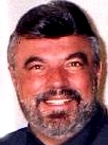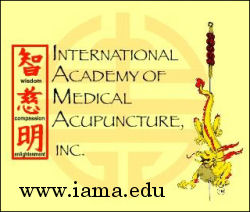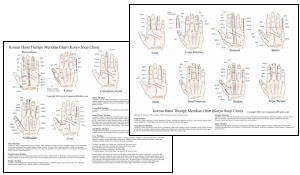Acupuncture & TCM Articles

Acupuncture Articles
by John A. Amaro L.Ac., Dipl.Ac.(NCCAOM), DC
 Dr. Amaro is an internationally known author, lecturer and practitioner beginning his practice of Acupuncture and Chiropractic in 1971. He has led 13 diplomatic Acupuncture study tours of The People's Republic of China escorting more than 500 doctors and practitioners. He has personally studied Acupuncture in nine separate Asian nations. Dr. Amaro is an internationally known author, lecturer and practitioner beginning his practice of Acupuncture and Chiropractic in 1971. He has led 13 diplomatic Acupuncture study tours of The People's Republic of China escorting more than 500 doctors and practitioners. He has personally studied Acupuncture in nine separate Asian nations.
He has received Certification in Acupuncture through the Columbia Institute of Chiropractic in 1973. This was one of the first Acupuncture postgraduate education programs for physicians in North America commencing in 1972.
He has been certified by the Waseda Acupuncture College in Tokyo, Japan in 1974 and graduated from the Chinese Medical Institute, Kowloon, China in 1976. He had previously taken postgraduate studies at the Tai Chung Medical School Taipei, China 1973.
Korean Hand Acupuncture -- Part 4
John A. Amaro L.Ac., Dipl.Ac.(NCCAOM), DC
I would love to assume every chiropractor, chiropractic student, and supplier known to exist on planet earth reads this column every month; however, if you are one who does not, I invite you to reconsider.
What you are to be presented with this month, as well as that presented in the last three columns, may very well have a significant impact on your patients, not to mention your practice.
Even though the topic of this column is "Acupuncture" and acupuncture is outside the scope of practice, when practiced with needle stimulation, in various parts of the world, it must be remembered, "acupuncture is a principle, not a technique." Therefore, there are numerous methods of stimulation which are internationally accepted and may be applied in a chiropractic practice to include simple finger pressure or "tapping," which is more than effective in a host of conditions. This is especially true in "Korean Hand Acupuncture."

As I am obviously limited by space in this column, allow me to present the remaining eight meridians not presented in Part 3 of this series. Look for part five next month. It is of vital importance to save each installment and keep it for future reference.
|
